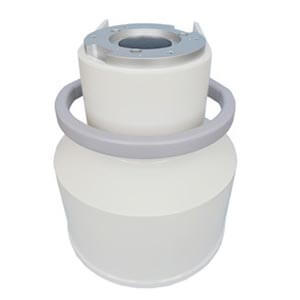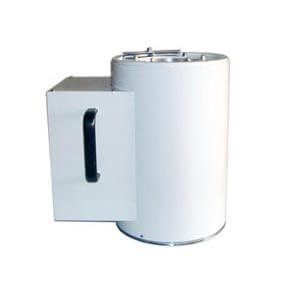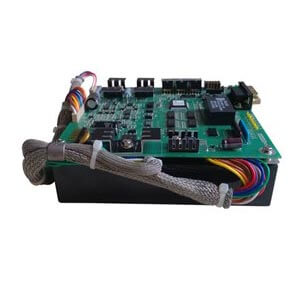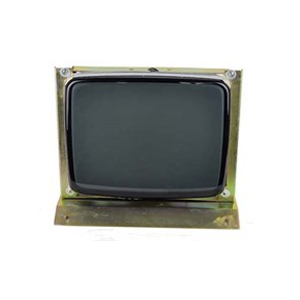Home›Blog ›What is the internal structure of image intensifier?
What is the internal structure of image intensifier?
The image intensifier tube is the core component of the image intensifier. Its structure is encapsulated in the high vacuum glass case with input screen, focusing electrode, anode, output screen and ion pump.
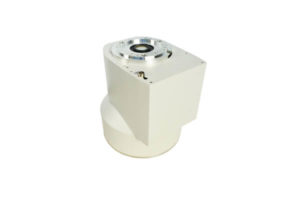
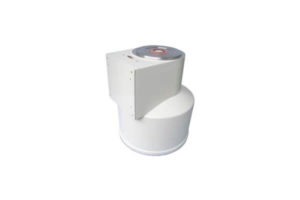
1. Input screen: used to convert X-ray images into electronic images. It consists of four layers of aluminum substrate, phosphor layer, isolation layer and photocathode.
(1) Aluminum substrate: support input screen
(2) Phosphor layer: Converts an X-ray image into a visible light image.
(3) Isolation layer: separating the fluorescent layer and the photovoltaic layer, and one side interacts.
(4) Photoelectric layer: When the fluorescent layer receives X-ray irradiation and emits visible light, the photoelectric layer is excited by visible light to emit photoelectrons.
2. Electrostatic lens: An electrostatic lens, also known as an electron lens, can focus on the electron beam.
3. Output screen: used to convert enhanced electronic images into visible light images. Its main structure is the output photovoltaic layer and the glass layer. The glass layer is part of the reinforced tube casing and is the output
The support of the screen. The inner surface of the fluorescent shell is coated with a layer of aluminum foil to form an output photocathode.
Author:Alina
Product Category
News
Contact us
Tel: (+86) 18953679166
Whatsapp: +86 18953679166
Email: service@newheek.com
Company: Weifang Newheek Electronic Technology Co., Ltd.
ADD: E Building of Future Star Scientific Innovation Industrial Zone of No.957 Wolong East Street, Yulong Community, Xincheng Sub-District Office, Weifang Hi-tech Zone, Shandong Province, China
